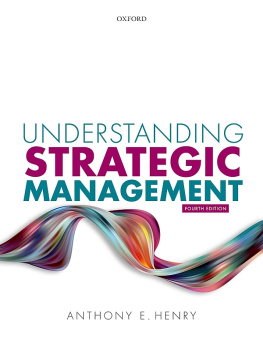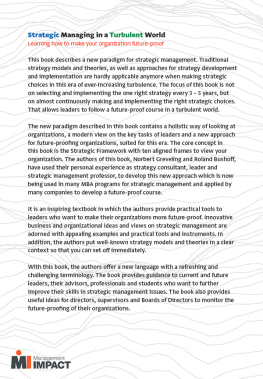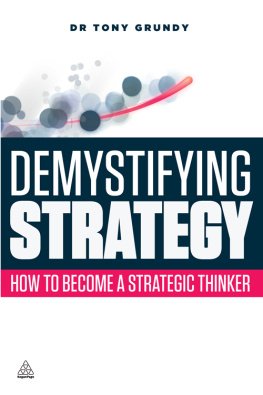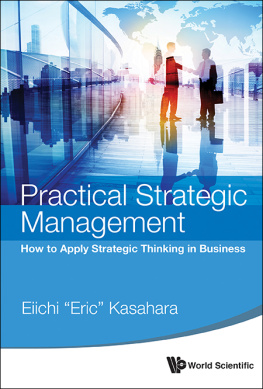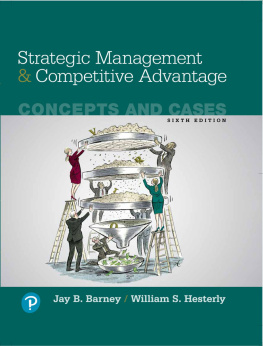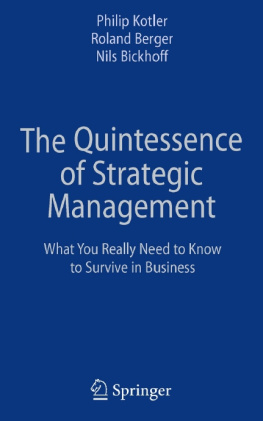

Great Clarendon Street, Oxford, OX2 6DP, United Kingdom
Oxford University Press is a department of the University of Oxford. It furthers the Universitys objective of excellence in research, scholarship, and education by publishing worldwide. Oxford is a registered trade mark of Oxford University Press in the UK and in certain other countries
Anthony E. Henry 2021
The moral rights of the author have been asserted
First edition 2007
Second edition 2011
Third edition 2018
Impression: 1
All rights reserved. No part of this publication may be reproduced, stored in a retrieval system, or transmitted, in any form or by any means, without the prior permission in writing of Oxford University Press, or as expressly permitted by law, by licence or under terms agreed with the appropriate reprographics rights organization. Enquiries concerning reproduction outside the scope of the above should be sent to the Rights Department, Oxford University Press, at the address above
You must not circulate this work in any other form and you must impose this same condition on any acquirer
Published in the United States of America by Oxford University Press 198 Madison Avenue, New York, NY 10016, United States of America
British Library Cataloguing in Publication Data
Data available
Library of Congress Control Number: 2021932604
ISBN 9780198859833
ebook ISBN 9780192603630
Printed in Great Britain by Bell & Bain Ltd., Glasgow
Links to third party websites are provided by Oxford in good faith and for information only. Oxford disclaims any responsibility for the materials contained in any third party website referenced in this work.
Created on: 19 July 2021 at 9:30 p.m.
In all labour there is profit, but mere talk leads only to poverty.
Proverbs 14:23
List of Cases
Acknowledgements
First, I would like to thank my wife, Sue, for her patience and support, and for putting up with my long absences as I wrote another edition of this book. At Oxford University Press, I would like to thank my editor Elena So and all those involved with the publication of this book, as well as the reviewers who provided constructive comments.
About the Author

Anthony Henry worked as a Market Analyst for HSBC in central London before joining the university sector. He has experience working for public and private sector organizations, including Arthur Andersen. He has also counted traffic for a firm of transport consultants, worked in a soap factory, and delivered strategy workshops in the UK and Germany to managers in a FTSE-100 organization. He has worked as a Senior Lecturer in Strategic Management. Anthony currently delivers strategy to MBA and undergraduate students at Aston Universitys Business School. He also delivers consultancy workshops in strategy.
About the Book
The fourth edition of Understanding Strategic Management continues to help students understand strategy by clearly explaining strategy concepts, before analyzing and evaluating them to show how these are applied in the business world. This approach encourages students to think critically rather than simply describing strategic concepts, models, and frameworks. We continue the pursuit of competitive advantage as a key theme throughout the book. That said, there is a recognition that disruptive markets may ensure that any competitive advantage achieved by an organization is only temporary.
Each chapter provides clearly written and practical discussions of the strategy concepts students encounter. The use of analysis, formulation, and implementation provides students with a structure to understand the subject of strategic management while making it clear the business world has a tendency to differ from neat, academic theories. Each chapter includes relevant business examples to facilitate student understanding. includes a discussion of corporate social responsibility (CSR) and its benefit to organizations.
The majority of Case Study and Strategy in Focus features are written by the author to provide students with a seamless transition from discussion to application. Additional questions have been added to many case studies to help student learning and understanding. The lengths of some case studies have been extended to help students understand concepts covered in the main text. The Strategy in Focus business examples have been updated to help the reader further apply theory to practice. At the end of each chapter many of the review questions have been changed to facilitate student learning. In addition, Research Topics and Discussion Questions have been updated. This fourth edition is comprehensive enough to allow a detailed study of strategic management while its eleven chapters facilitate shorter courses without sacrificing important strategy content. Guidance on how to use this book and online resources is available to students in the next section.
Anthony E. Henry
May 2021
How to Use this Book
Learning objectives
Clear, concise learning objectives outline the main concepts and themes to be covered within the chapter. These lists will help you review your learning and effectively plan revision, ensuring you have considered all key areas.
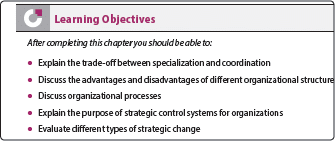
Strategy in Focus boxes
Learn from real-life situations in the business world with these short illustrations taken from a range of contemporary news sources, demonstrating how vital effective strategic management is to any business.
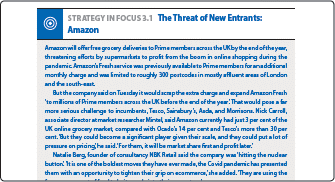
Case Studies
Applying the theoretical ideas from the chapter to a variety of business situations, these extensive Case Studies, with accompanying questions, encourage you to identify how strategy works in a variety of international, wide-ranging, and relevant business situations.

Extension Material signposts
If your course goes into extra depth on a specific topic or you want more examples and discussion to aid your understanding, follow the relevant signposts to Extension Material available online for additional coverage that builds seamlessly on the book.

Working through Strategy signposts
To help you get a firmer handle on the essential tools of analysis, the Working through Strategy resources, available online, are signposted wherever additional coverage and examples of analytical tools and techniques are provided to further your understanding.

Next page
